May 21, 2021
Implications of Chassis Shortages on the Chicago Market
This post was created in conjunction with the Illinois Trucking Association’s Intermodal Committee to:
- Educate intermodal stakeholders about the effect of the chassis shortage on the drayage marketplace
- Address the problems of the motor carriers as well as the other mode stakeholders caused by this shortage; and
- Seek solutions on a short-term basis
We all realize and understand the reasons for the chassis shortages: unprecedented increased national demand; increased chassis dwell on the street as customer warehouses reach capacity or near capacity; labor shortages on repairing equipment; and new duties on chassis manufactured in China.
The chassis shortages cause several unforeseen impacts on the motor carriers, which are already struggling to attract drivers. These include the following:
Reduced Driver Productivity
With the shortage of chassis, drayage drivers must constantly check on the dwindling availability of them at the origin rail facilities where the container is located. Often, drayage carriers must add additional drayage moves to complete their container delivery.
For example, a motor carrier has a move originating at CN Joliet. Since there are no chassis available at CN Joliet, the driver has to check a website and determine where he can get a qualified chassis. The driver finds there are chassis available at a Chicago rail facility. The driver has to bobtail to the Chicago terminal, wait in line for the chassis, and then drive the chassis to the origin rail location, CN Joliet. This can add up to an additional 60 miles of driving. A driver is limited to 11 hours of driving time daily per the Hours-of-Service Federal Motor Carrier Safety Regulations. The time to bobtail and move and reposition the chassis to the origin rail facility can take up to two hours. This alone consumes nearly 20% of the driver’s daily capacity in just one move.
Now assume the driver has a second and a third move. Each move could require a new chassis and additional chassis repositions. That could take up to 4-6 hours of the driver’s time, just repositioning a chassis to the origin yard, spending 50% of the daily allowed driving time. The result is that the chassis shortage has just reduced the motor carrier’s capacity by 50%. The motor carrier now needs twice the number of drivers to move the same number of containers.
Financial Impact to Motor Carriers/Shippers
The financial impact to a motor carrier is devastating as volumes are at a historic high while capacity has just been cut in half with the chassis shortage. The result is that the motor carrier cannot pull the necessary containers out during the free time so demurrage begins to accrue at an accelerated rate.
For example, if a motor carrier has 100 moves and can now only can get 50 completed in the day, 50% capacity, the remaining 50 begin to accrue demurrage. Now assume the motor carrier has 100 moves the second day. He now has 100 containers in demurrage as he can only move 50 a day, and he also has the 50 containers from the prior day to move plus the 100 for the current day. Consequently, the accrued demurrage costs keep growing with each additional day. The motor carrier has no choice but to try passing along these circumstantial costs to its BCO, hoping they will support them.
Let’s not forget per diem costs. As customers require you to move fewer boxes, you still have the same capacity constraints when it comes to returning the empty containers in a timely fashion. The end result is increased per diem costs in addition to increased demurrage costs.
Driver Turnover
Now let’s look at this from a driver’s perspective. The typical drayage driver in the inland ports is an independent contractor and the vast majority of are paid per move. The drayage driver is now making 50% less moves a day so his compensation is cut in half.
So the motor carriers have been forced to ask BCO customers to cover the costs in the form of higher base rates or fees for the chassis repositions. Otherwise, they risk losing all their drivers. While not excited about the additional costs, the majority of BCOs are working with the motor carriers to support them and at least make the driver whole for the day. Unfortunately, in today’s market, with record truckload rates and tight capacity, getting the same pay for additional frustrations is not a sustainable option. We have surveyed several intermodal motor carriers and have seen as much as 20% of drivers are leaving the intermodal marketplace due to issues of productivity and compensation.
What is the Solution?
There is no silver bullet to solve the chassis shortage problem. It will take all stakeholders working together to address the issue going forward. However, we hope the chassis shortage is not resolved by a slowdown in volume, as that will negatively impact all intermodal stakeholders. Below are several suggested potential solutions discussed by the Illinois Truckers Association Intermodal Committee:
Short term – next 30-60 days:
- Chassis providers – Bring more chassis into the Chicago market from other markets
- BCOs – Unload boxes quicker to reduce chassis dwell where possible to free up chassis capacity
- Steamship lines
- Work with your motor carriers directly to support them with a fair chassis repositioning fee.
- Agree to some forbearance on per diem charges due to chassis shortages outside of the control of the motor carriers/shippers for a minimum of 90 days.
- Railroads
- Agree to some forbearance on demurrage charges due to chassis shortages outside the control of the motor carriers/shippers
- Discontinue for a period of time the Lift charges for private chassis in rail yards.
- Motor Carriers – Continue efforts to add drayage capacity
We believe that if we don’t work together in this time of need, we will negatively spiral downward from bad to worse. Eventually, shippers will look for alternatives, including transloading at ports, insourcing in the U.S., and conversion to truckload. The net effect will be a long-term reduction in international intermodal volumes to Chicago and other inland markets.
Chicago is the largest U.S. intermodal inland market. Let’s lead by example.
Add new comment
2025 PARTNERS
A special thank you to our premium level partners for your continued support.




.png)
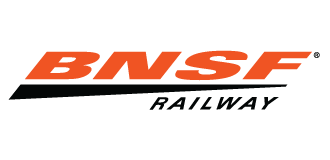


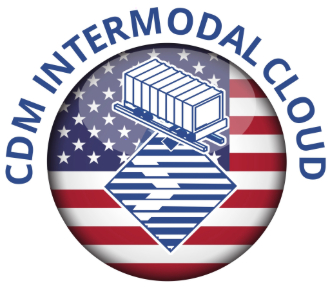


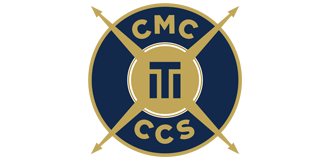




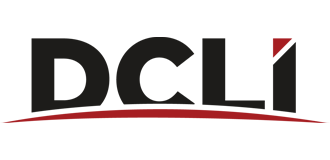






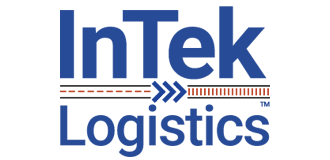



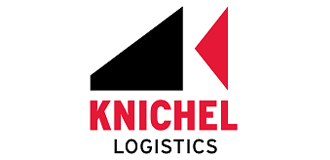
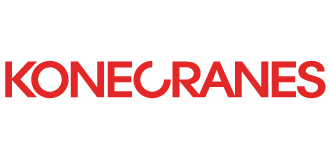
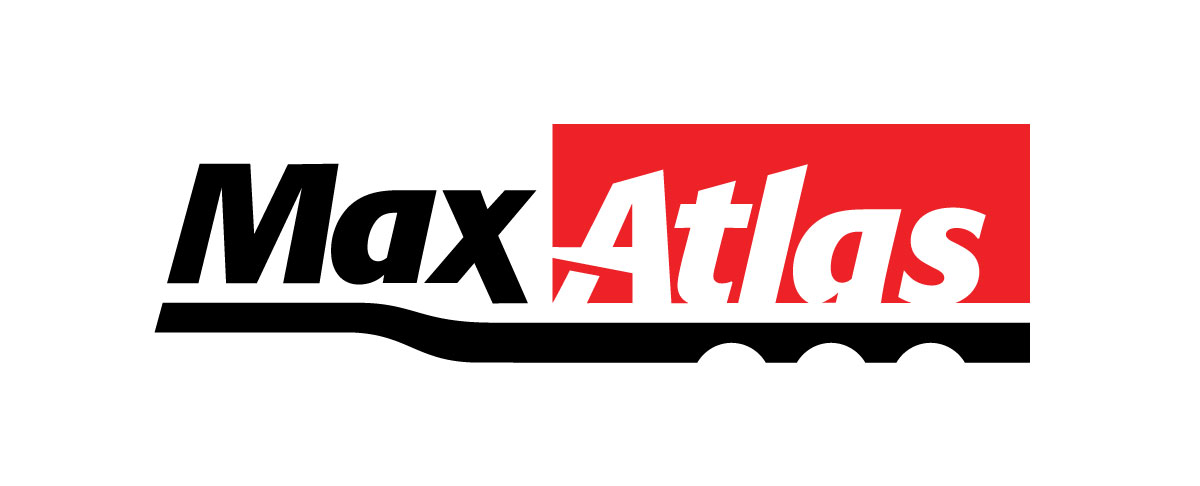

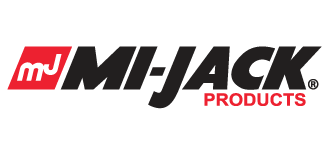
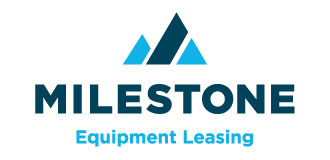
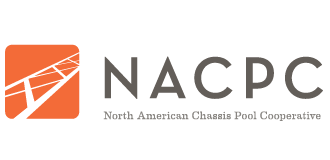
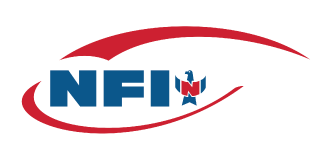
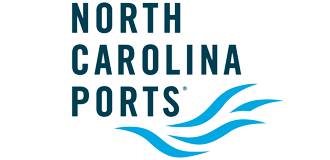


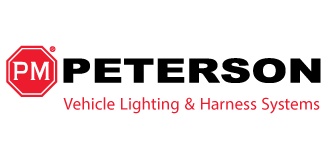




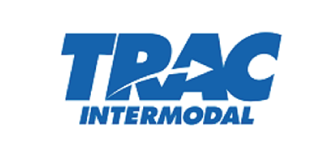




Comments